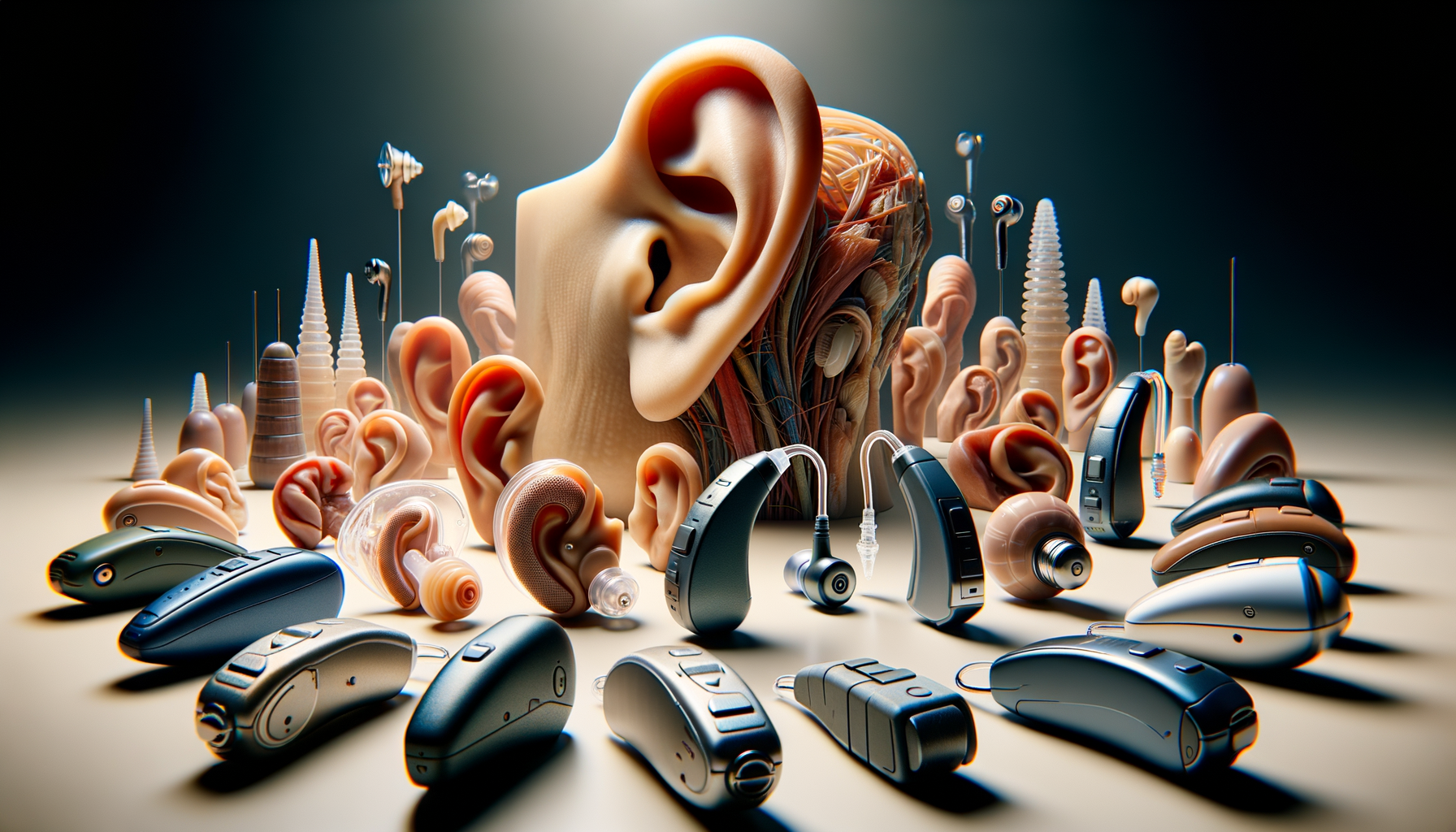Introduction to Hearing Aids
Hearing aids are essential devices for individuals experiencing hearing loss, offering a significant improvement in their quality of life. These devices amplify sound to make it easier for users to hear, thus enhancing communication and interaction with the environment. With the prevalence of hearing loss increasing due to factors such as aging and exposure to loud environments, understanding the role and benefits of hearing aids becomes crucial.
The importance of hearing aids lies not only in their ability to improve hearing but also in their impact on mental health and social engagement. People with untreated hearing loss often experience feelings of isolation and depression, which can be alleviated with the use of hearing aids. This article explores the various facets of hearing aids, including their types, benefits, and how they function.
Types of Hearing Aids
Hearing aids come in various styles and sizes, each designed to cater to different levels of hearing loss and personal preferences. Understanding the types of hearing aids available can help individuals make informed decisions about which device suits their needs.
Some common types of hearing aids include:
- Behind-the-Ear (BTE): These are worn behind the ear and are connected to a custom earpiece inside the ear canal. They are suitable for all ages and are known for their durability and ease of use.
- In-the-Ear (ITE): These fit completely inside the outer ear and are used for mild to severe hearing loss. They are larger than in-the-canal devices, making them easier to handle.
- In-the-Canal (ITC) and Completely-in-Canal (CIC): These are smaller and fit partly or completely in the ear canal, making them less visible. They are suitable for mild to moderate hearing loss.
- Receiver-in-Canal (RIC): Similar to BTEs, these have a receiver or speaker in the ear canal, connected by a thin wire. They offer a more natural sound quality.
The choice of hearing aid depends on factors such as the degree of hearing loss, lifestyle needs, and aesthetic preferences. Consulting with an audiologist is recommended to determine the most appropriate type.
How Hearing Aids Work
Hearing aids are sophisticated electronic devices that amplify sound to assist those with hearing loss. They consist of three main components: a microphone, an amplifier, and a speaker. The microphone picks up sound from the environment, the amplifier increases the strength of the signals, and the speaker delivers the amplified sound into the ear.
Modern hearing aids are equipped with advanced technology that enables them to differentiate between various sounds, such as speech and background noise, enhancing the listening experience. Digital hearing aids, in particular, offer features such as:
- Noise Reduction: Helps reduce background noise, making it easier to focus on conversations.
- Directional Microphones: Allow users to focus on sounds in front of them while reducing sounds from other directions.
- Feedback Suppression: Minimizes whistling or feedback sounds that can occur when using hearing aids.
These features make hearing aids highly effective in various environments, from quiet settings to noisy public places, greatly improving the user’s ability to hear and communicate.
Benefits of Using Hearing Aids
The use of hearing aids extends beyond merely improving hearing; they offer a wide range of benefits that enhance overall well-being. One of the primary advantages is improved communication, which fosters better relationships with family and friends. This improvement can lead to greater social engagement and a more fulfilling life.
Additional benefits of wearing hearing aids include:
- Enhanced Safety: Being able to hear alarms, sirens, and other warning signals increases personal safety.
- Improved Cognitive Function: Studies suggest that hearing aids may help slow the cognitive decline associated with hearing loss.
- Increased Confidence: Users often feel more confident in social settings when they can participate in conversations without difficulty.
Overall, hearing aids contribute to a better quality of life by enabling individuals to engage more fully with the world around them.
Choosing the Right Hearing Aid
Selecting the appropriate hearing aid involves considering several factors to ensure optimal performance and comfort. The degree of hearing loss is a primary consideration, as is the user’s lifestyle. For instance, someone who frequently attends social events may require a device with advanced noise reduction capabilities.
Other factors to consider include:
- Budget: Hearing aids vary widely in price, so it’s important to find a model that fits within your financial means while meeting your needs.
- Technology: Consider whether you prefer a basic model or one with advanced features like Bluetooth connectivity.
- Comfort and Fit: Ensure the hearing aid fits well and is comfortable for extended wear.
Consulting with an audiologist can provide valuable insights and recommendations based on a thorough hearing assessment. They can guide you through the selection process, ensuring you choose a hearing aid that aligns with your hearing needs and lifestyle preferences.




Leave a Reply